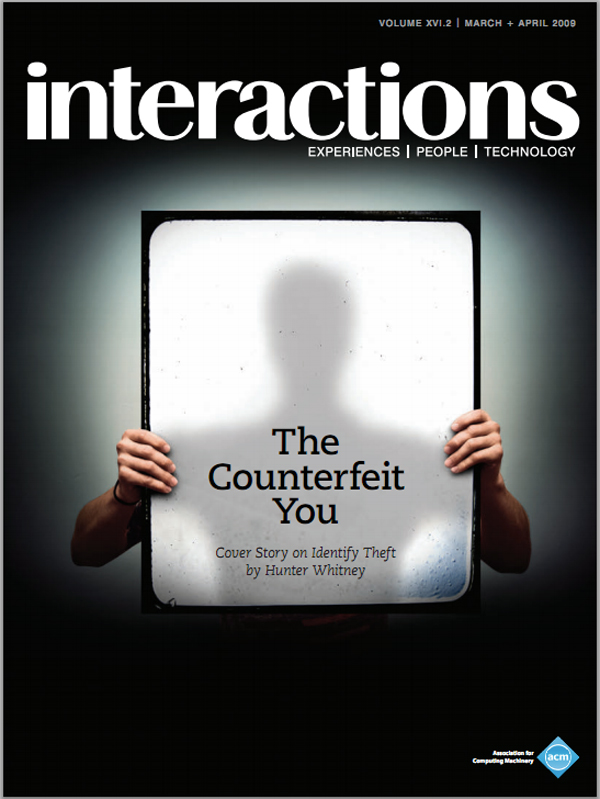Authors:
Colleen Murray
In 2005 Motorola hit the market with a new, ultra-slim, sexy cell phone: the RAZR. Almost instantly, it became one of the most sought-after phones of all time. For two years the RAZR captivated the industry. Consumers around the world couldn't wait to get their hands on the sleek, fashionable phone. Analysts praised Motorola's miraculous turnaround. Publications gave the product one innovation award after another. And then, just as suddenly as the RAZR appeared, it was gone. The iPhone came along and fundamentally changed both the market and consumer expectations for mobile phones. In an instant, we moved from…
You must be a member of SIGCHI, a subscriber to ACM's Digital Library, or an interactions subscriber to read the full text of this article.
GET ACCESS
Join ACM SIGCHIIn addition to all of the professional benefits of being a SIGCHI member, members get full access to interactions online content and receive the print version of the magazine bimonthly.
Subscribe to the ACM Digital Library
Get access to all interactions content online and the entire archive of ACM publications dating back to 1954. (Please check with your institution to see if it already has a subscription.)
Subscribe to interactions
Get full access to interactions online content and receive the print version of the magazine bimonthly.







Post Comment
No Comments Found